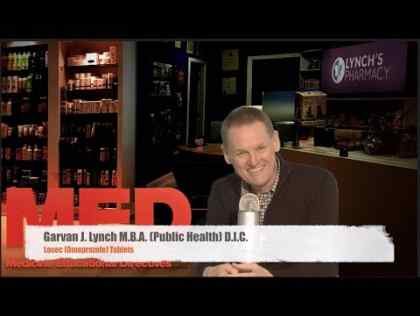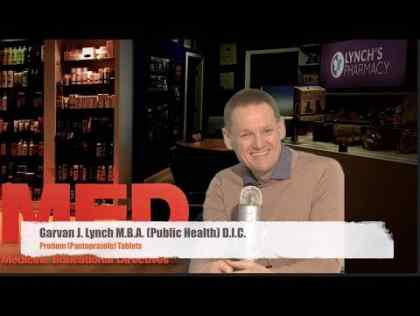
What is it?
- Gastro-oesophageal reflux disease (GORD) is a chronic digestive disease that occurs when stomach acid or, occasionally, bile flows back (refluxes) into your food pipe (esophagus). The backwash of acid irritates the lining of your esophagus and causes GORD signs and symptoms.
- Signs and symptoms of GORD include acid reflux and heartburn. Both are common digestive conditions that most people experience from time to time. When these signs and symptoms occur more than twice each week or interfere with your daily life, doctors term this GORD.
- Most people can manage the discomfort of heartburn with lifestyle changes and over-the-counter medications. But for people with GORD, these remedies may offer only temporary relief.
Symptoms
GORD signs and symptoms include:
- A burning sensation in your chest (heartburn), sometimes spreading to the throat, along with a sour taste in your mouth
- Chest pain
- Difficulty swallowing (dysphagia)
- Dry cough
- Hoarseness or sore throat
- Regurgitation of food or sour liquid (acid reflux)
- Sensation of a lump in the throat
Causes
GORD is caused by frequent acid reflux — the backup of stomach acid or bile into the esophagus.
When you swallow, the lower esophageal sphincter — a circular band of muscle around the bottom part of your esophagus — relaxes to allow food and liquid to flow down into your stomach. Then it closes again.
However, if this valve relaxes abnormally or weakens, stomach acid can flow back up into your esophagus, causing frequent heartburn and disrupting your daily life. This constant backwash of acid can irritate the lining of your esophagus, causing it to become inflamed. Over time, the inflammation can erode the esophagus, causing complications such as bleeding or breathing problems.
Risk factors
Conditions that can increase your risk of GORD include:
- Obesity
- Hiatal hernia
- Pregnancy
- Smoking
- Dry mouth
- Asthma
- Diabetes
- Delayed stomach emptying
- Connective tissue disorders, such as scleroderma
- Zollinger-Ellison syndrome
Complications
Over time, chronic inflammation in your esophagus can lead to complications, including:
- Narrowing of the oesophagus (oesophageal stricture). Damage to cells in the lower esophagus from acid exposure leads to formation of scar tissue. The scar tissue narrows the food pathway, causing difficulty swallowing.
- An open sore in the esophagus (esophageal ulcer). Stomach acid can severely erode tissues in the esophagus, causing an open sore to form. The esophageal ulcer may bleed, cause pain and make swallowing difficult.
- Precancerous changes to the esophagus (Barrett's esophagus). In Barrett's esophagus, the color and composition of the tissue lining the lower esophagus change. These changes are associated with an increased risk of esophageal cancer. The risk of cancer is low, but your doctor will recommend regular endoscopy exams to look for early warning signs of esophageal cancer.
Diagnosis
If you're bothered by frequent heartburn or other signs and symptoms, your doctor may be able to diagnose GERD with that information alone. Your doctor may also suggest tests and procedures used to diagnose GERD, including:
- An X-ray of your upper digestive system. Sometimes called a barium swallow or upper GI series, this procedure involves drinking a chalky liquid that coats and fills the hollows of your digestive tract. Then X-rays are taken of your upper digestive tract. The coating allows your doctor to see a silhouette of the shape and condition of your esophagus, stomach and upper intestine (duodenum).
- Passing a flexible tube down your throat. Endoscopy is a way to examine the inside of your esophagus. During endoscopy, your doctor inserts a thin, flexible tube equipped with a light and camera (endoscope) down your throat. The endoscope allows your doctor to examine your esophagus and stomach. Your doctor may also use endoscopy to collect a sample of tissue (biopsy) for further testing.
- A test to monitor the amount of acid in your esophagus. Ambulatory acid (pH) probe tests use an acid-measuring device to identify when, and for how long, stomach acid regurgitates into your esophagus. The acid monitor can be a thin, flexible tube (catheter) that's threaded through your nose into your esophagus. During the test, the tube stays in place and connects to a small computer that you wear around your waist or with a strap over your shoulder. Or the acid monitor can be a clip that's placed in your esophagus during endoscopy. The probe transmits a signal to a small computer that you wear around your waist for about two days, and then the probe falls off to be passed in your stool. Your doctor may ask that you stop taking GERD medications to prepare for this test.
- A test to measure the movement of the esophagus. Esophageal impedance measures movement and pressure in the esophagus. The test involves placing a catheter through your nose and into your esophagus.
References:
http://www.healthline.com/health/gerd/basics
https://en.wikipedia.org/wiki/Gastroesophageal_reflux_disease
https://www.nlm.nih.gov/medlineplus/ency/article/000265.htm
http://www.medicinenet.com/gastroesophageal_reflux_disease_gerd/article.htm
http://www.aboutgerd.org/signs-symptoms.html



